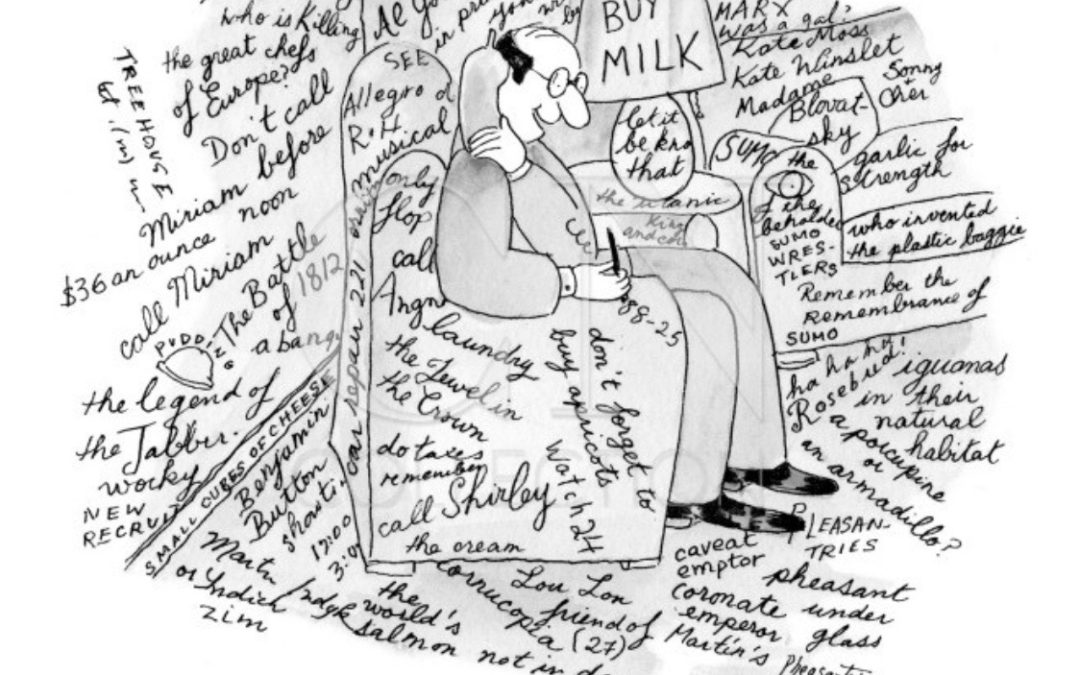
by Sandra Gulland | Jan 29, 2017 | Adventures of a Writing Life, Publication, Resources for Writers, The Writing Process |
Figuring out a novel’s “elevator pitch” — the summation of a story in a sentence or two — is invariably difficult for novelists, at least it is for me. My mind does not lend itself to reductions. I’m more of the expanding type. (Not an asset.) These 4 formulas — which I’ve gathered from hither and yon in decades of reading books on writing — are helpful in getting at the core of that unwieldy beast: a novel.
The 1-sentence formula
When _____ [OPENING CONFLICT]
happens to _____ [CHARACTER],
he/she has to _____ [OVERCOME CONFLICT]
in order to _____ [COMPLETE QUEST].
As applied to my next novel, The Game of Hope, I came up with:
Haunted by dreams of her dead father, a 15-year-old girl goes on a quest to find out if she was the cause of his death.
This is a tidy summary, but as with most one-sentence summaries, this doesn’t actually fit what actually happens in the novel.
The 3-sentence formula
_____ is about _____, who wants to _____.
The only problem is that _____.
As a result, he/she _____.
Yet, ultimately, he/she succeeds because _____.
One problem with this summary is that it gives too much away.
The 3-part book formula
1. The genre (i.e. “mystery novel”);
2. Parameters: what happens and what the reader getting into (“Seattle”, “a detective” “a dead boyfriend”);
3. Something left to the imagination (a dead body, a framed main character).
The Game of Hope is historical fiction for Young Adults. It’s about Josephine Bonaparte’s daughter Hortense, who hates her stepfather Napoleon and idolizes her dead father … until she finds out some unpleasant truths.
This is better, perhaps. It’s important to leave something unsaid, to tempt the reader.
The 5-part story formula
1. Character
2. Situation (What trouble that forces the character to act?)
3. Objective (The character’s goal.)
4. Opponent
5. Disaster (The awful thing that could happen.)
Make each of these elements specific.
Put them together to form two sentences.
Sentence 1: A statement that establishes character, situation, and objective.
Sentence 2: A statement—or question—that pinpoints the opponent and potential disaster.
Haunted by nightmares of her dead father, 15-year-old Hortense goes on a quest to find out if the father she idolizes is trying to tell her something. Was it her fault that he was executed? What she finds out is not at all what she expected, and more of this world than the next.
I think this is a better summary — but I don’t think I’ve nailed down the 5 elements yet.
And more …
I recently read Gotta Read It!: Five Simple Steps to a Fiction Pitch that Sells by Libbie Hawker (a book I recommend). She writes:
To construct a skeleton for your pitch, answer the following five questions as simply and blandly as you can: Who is your main character? What does she want? What stands in her way? What will she do, or what must she do, to achieve her goal? What is at stake if she fails?
Hawker’s book is about how to write a longer summation of your novel — one that might be used to send to a prospective agent, or be put on the jacket of your novel, on Amazon or in the publisher’s catalogue, for example. One begins with this short summary, the distillation of the novel, and then fleshes out “the skeleton” to represent the tone and subject of the novel truly.
The Game of Hope is soon to go into production, so it’s time for me to begin thinking how to frame the story, pitch it to readers. It’s never easy, but these guidelines help.
SaveSave

by Sandra Gulland | Aug 18, 2013 | Adventures of a Writing Life, Publication, The Shadow Queen |
The HarperCollins Canada 2014 catalogue!
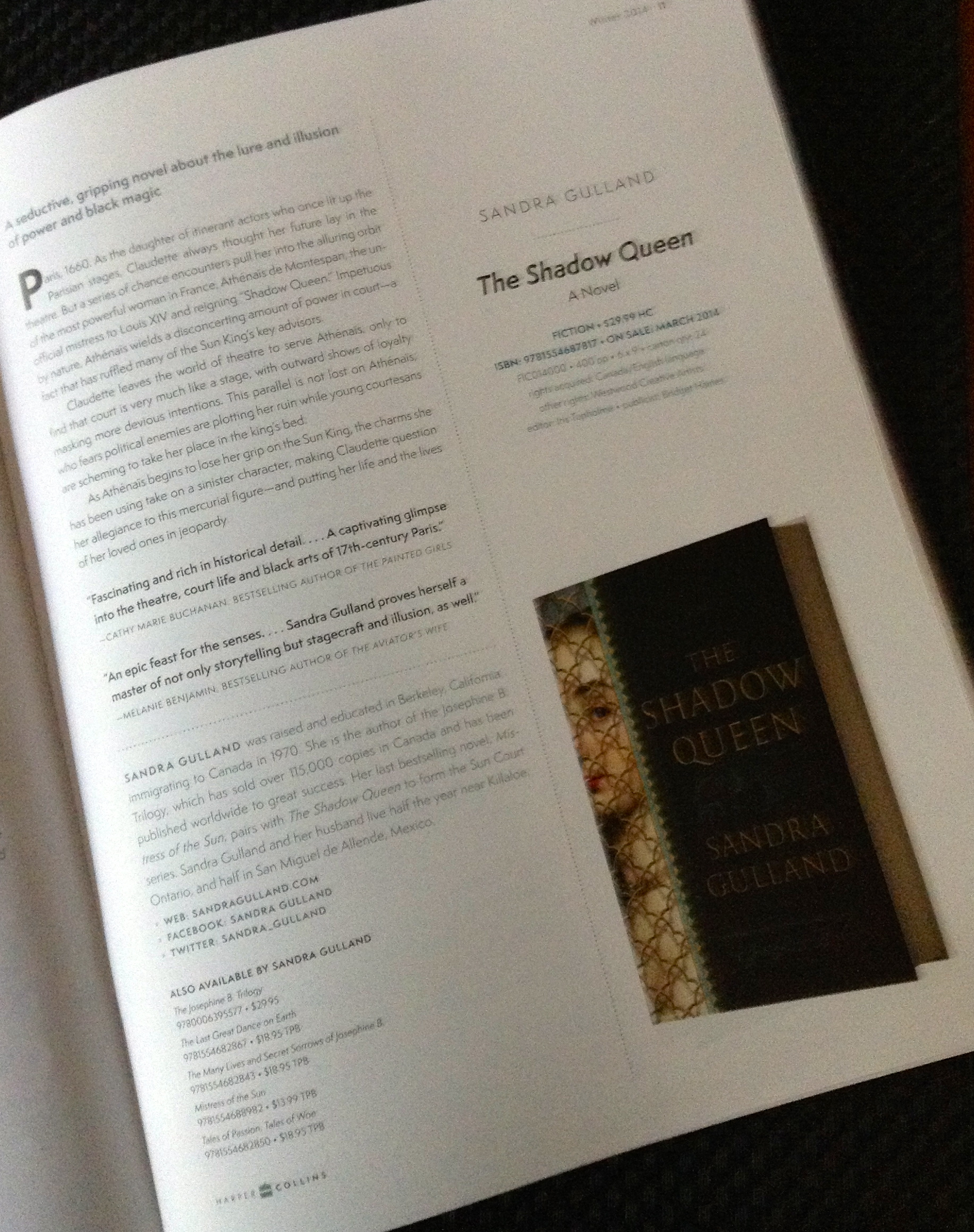
The main reason for this post is to share a great blog post on writing and publishing.
“25 steps to being a traditionally published author: Lazy Bastard Edition”—a post by Delilah S. Dawson—is an excellent overview of the writing and publishing process, as good an overview as I’ve ever read. I just sent the link to four friends who are working on novels. (Heh. By mistake I typed “wording” on novels.)
To give you the funny-but-hard-hitting sense of it, Step #1 is: If you’re actually lazy, GTFO.
Amen.
On the home front:
THE SHADOW QUEEN has a pub. date: April 8, 2014. I’ve sent off the corrected 1st Pass pages and I’ve only the Acknowledgements and the very last sentences of the novel to tweak. I’ve a storage box on my office floor where everything to do with The Shadow goes now, labelled “archival.” (I.e. my crowded basement.)
No more surprises, right?
Wrong! Yesterday evening, I got this Tweet:
I was speechless! A portrait of my Claude? I didn’t think one existed. (I Googled for it when I began my research and came up with nothing.)
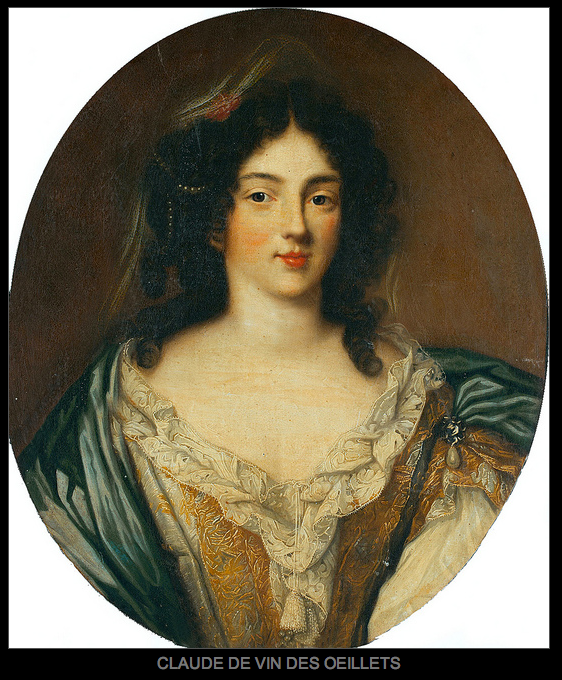
Look familiar?
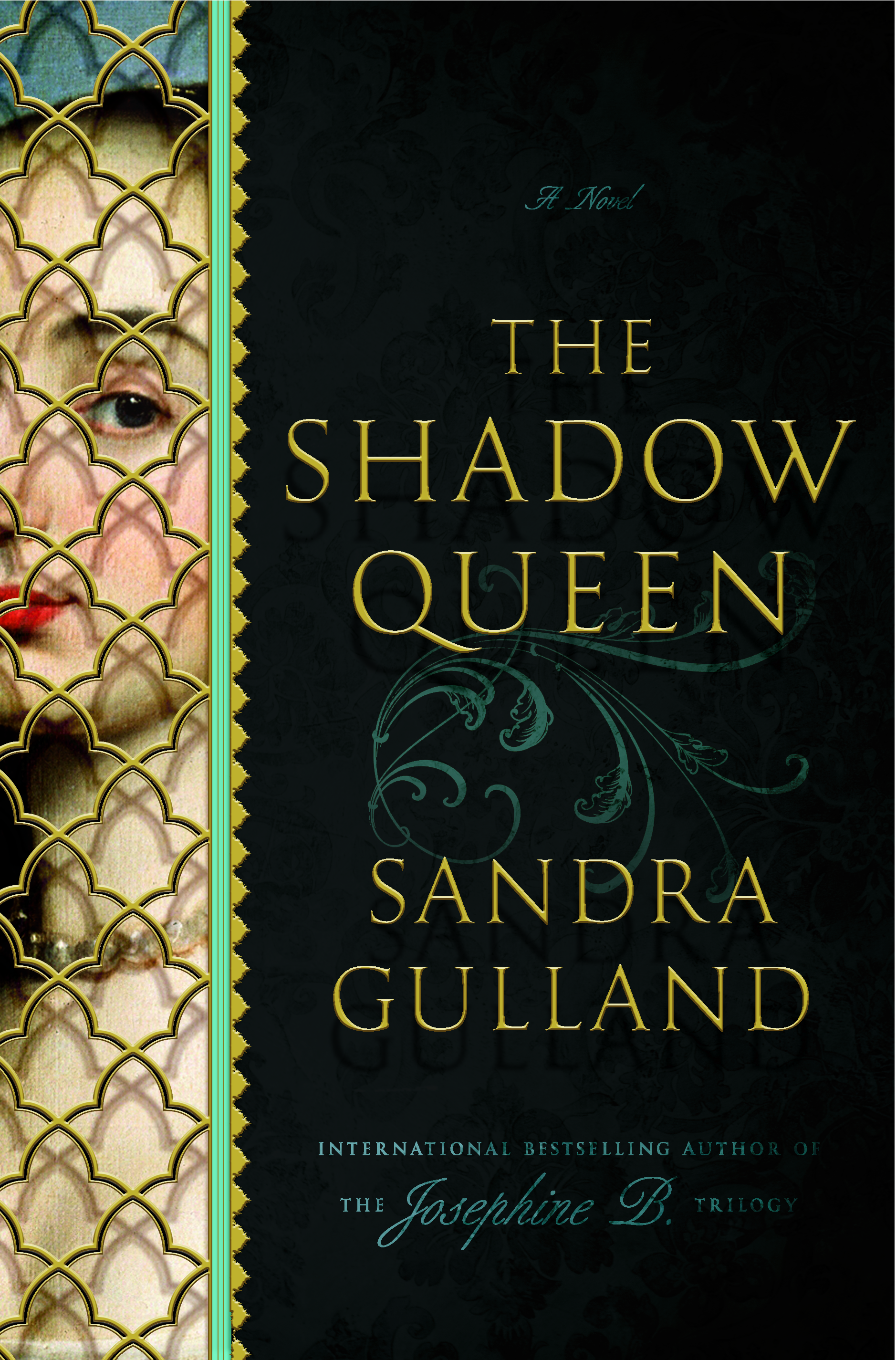

I’ve emailed Doubleday to find out if they used the portrait as a basis for the cover.
I was pleased when I first saw the cover because the woman looked like how I’d imagined Claude to look. (Eyebrows!)
And now: well! To find out that it looks like the real Claude: I’m blown away.
Late breaking news (two days later): my editor at Doubleday, Melissa Danaczko, checked: the cover designer had never seen a portrait of Claude, much less this one.
Is that spooky-amazing or what?!
by Sandra Gulland | Jun 16, 2013 | Adventures of a Writing Life |
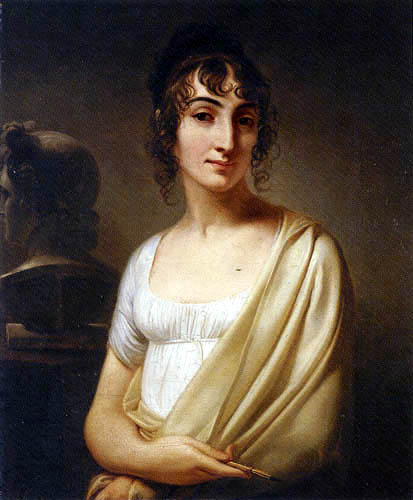
I’ve begun to gallop along on the YA about Hortense. I’m still struggling with the plot, but nonetheless I’ve started falling into scenes, letting them flower. The processes for plotting and writing are different (plotting is so very cerebral), so it’s not a bad idea to do them simultaneously.
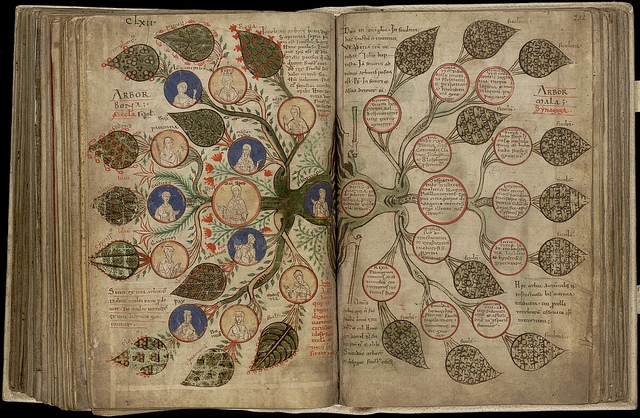
Needless-to-say, I’m busy. There is nothing quite like the absorption of the early stages of a novel to make one just a little forgetful.
Recommended this week: “How to shop at a bookstore: an easy 20-step guide for authors.” This is hahahaouch funny & sad. The one thing I would add is that writers give consideration to appearance before going up the the counter and offering to sign a book. If I’m looking somewhat grubby, I will pass.
The article made me nostalgic. I remembered walking by a bookstore just before I was first published, realizing that I would never again go into a bookstore as a carefree-wandering-reader. Once published, there’s a working relationship. A delicious working relationship, but a working relationship nonetheless.
The copy-edit of The Shadow Queen is now back with Doubleday. I always find it surprising how emotionally tangled up I can get over whether a word is capitalized or not.

Now I’ve the beastly Author Questionnaire to finish filling out. The required AQ is perhaps the best reason to stay with one publisher! On the first page (of many pages): list every edition of every book you’ve ever published in all languages. No. No. No.
The catalogue copy of The Shadow Queen for HarperCollins needed some tweaking. (The title was wrong, for starters.) Here’s what we’ve got now for a “shout line”:
A seductive, gripping novel about the lure and illusion of power, and the plight of a woman caught up in the deadly black magic of the woman she loyally serves: the Shadow Queen.
Shout lines are damn hard … Some suggest that you begin writing the shout line at the same time you begin writing the novel.
As usual, I’m reading too many books at once. (A little ADD anyone?) Pride and Prejudice, as well as a book about Jane Austen—as mentioned in my last blog. Tiny Beautiful Things by tell-it-like-it-is Cheryl Strayed. Astonished, by my friend (and fantastic writer) Beverly Donofrio. A historical novel for a blurb—I don’t recall the title, but I’m enjoying it very much. Manage Your Day-to-Day by Jocelyn K Glei, for obvious reasons.
Etc. etc. etc. If only I had five lives.

And … how could I forget! I’m nearing the end of Henderson the Rain King by Saul Bellows. Primal lion screaming! I read that Joni Mitchell was inspired to write “Both Sides Now” reading this amazing novel. I read it in my teens and loved it. Although I found it a little thick in the middle, it still has incredible power.

At the top, a very unusual portrait of Hortense by Appiani. Antique images from BibliOdessy.
SaveSave









